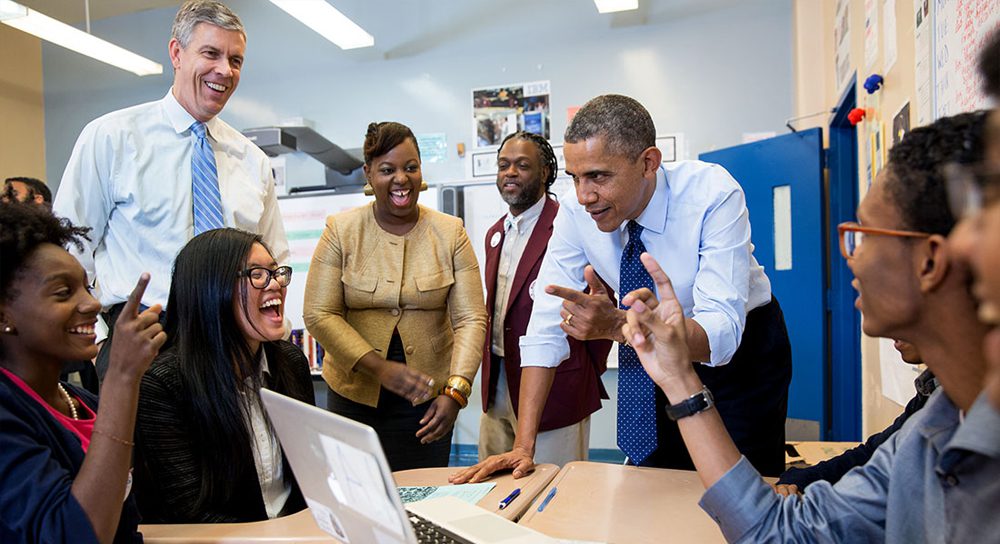 On August 4th, the first ever White House Demo day was organized to showcase women and minority founders in technology. The event, along with President Obama’s call for action, sparked some major tech companies to announce new diversity initiatives. Facebook, Google, IBM, Microsoft, and Amazon all jumped on the bandwagon to demonstrate that they are committed to improving their recruitment and hiring of women and minorities.
On August 4th, the first ever White House Demo day was organized to showcase women and minority founders in technology. The event, along with President Obama’s call for action, sparked some major tech companies to announce new diversity initiatives. Facebook, Google, IBM, Microsoft, and Amazon all jumped on the bandwagon to demonstrate that they are committed to improving their recruitment and hiring of women and minorities.
Recently, Pinterest made a bold public announcement. Addressing their commitment to increased diversity, they shared their hiring goals for women and minorities for 2016 along with programs and initiatives to support the achievement of those stated objectives. By doing so, Pinterest not only challenged themselves but other tech companies to get serious about their diversity efforts and be accountable for results.
Tech companies are experiencing growing pressure to diversify their workforce which is predominantly white, Asian, and male. The increased public scrutiny has resulted in some larger tech companies disclosing their employee information, which indicates little progress. A recent survey of the top 9 tech companies in Silicon Valley by Fortune reveals that on average, women comprise about one-third of the workforce. That gap expands the higher up you go in an organization, with the best company showing women holding 29% of leadership jobs. In general, companies made slightly better progress on ethnic diversity than they did on increasing their percentages of female employees, although not in leadership roles.
It has been a commonly held belief that the gender gap in tech is primarily a pipeline issue; that there are simply not enough girls studying math and science. Recently updated information indicates an equal number of high school girls and boys participating in STEM electives, and at Stanford and Berkeley, 50% of the introductory computer science students are women. That may be the case, but the U.S. Census Bureau reported last year that twice as many men as women with the same qualifications were working in STEM fields.
A USA Today study discloses that top universities graduate Black and Hispanic computer science and computer engineering students at twice the rate that leading technology companies hire them. Although these companies state they don’t have a qualified pool of applicants, the evidence does not support that claim.
If it’s not a pipeline issue, why don’t we see a greater representation of minorities and women in STEM industries?
The answer is we don’t see more progress because the pipeline concern is not the primary reason for the discouraging statistics. There’s a bigger issue. It’s the culture.
Read the full article on FORBES.com.

Recent Comments